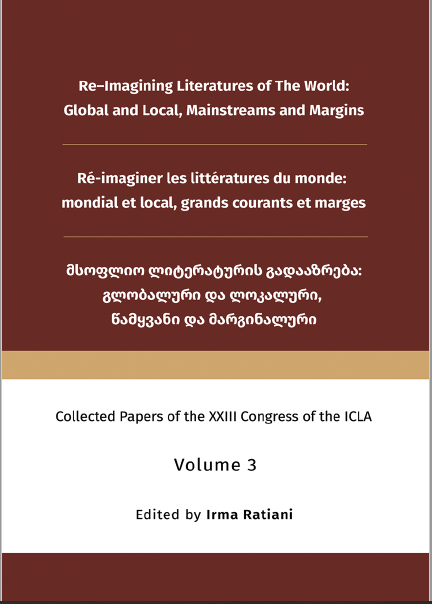The “Golden Snake Kingship”: Making a Positive Image of the Chinese Other in Juan González de Mendoza’s History of the Great and Mighty Kingdom of China (1586)
Main Article Content
Abstract
The History of the Great and Mighty Kingdom of China , compiled by the Spanish missionary, Juan González de Mendoza was one of the Bestsellers about China in 16th-century’s Europe. However, its author misread and mistranslated the Chinese Dragon Totem, an exclusive symbol of the power of the Chinese emperor, as a golden snake emblem for reasons rooted in his 16th-century Spanish context, in what we thus call the “Golden Snake Kingship” interpretation. Over the years, some scholars have also paid attention to this issue, but they have not accurately interpreted the Spanish cultural connotations of the golden snake concept or explained the European attitude towards Chinese culture represented by the sign. So this article aims to reinterpret this issue based on González de Mendoza’s original texts and the first Spanish monolingual dictionary. Finally, we get the conclusion that although both “snake” and “dragon” had negative meanings in the 16th century’s Spain, “dragon” contained a supreme negative meaning against the Christianity, and this is in opposition to the evangelization purpose of González de Mendoza´s writing attitude on China. Although the snake is not the most appropriate method to represent the Chinese emperor for the Europeans, it is a choice relatively less contradictory in the 16th century’s Europe, dominated by Christianity, and also more congruous with the author’s writing purpose.
